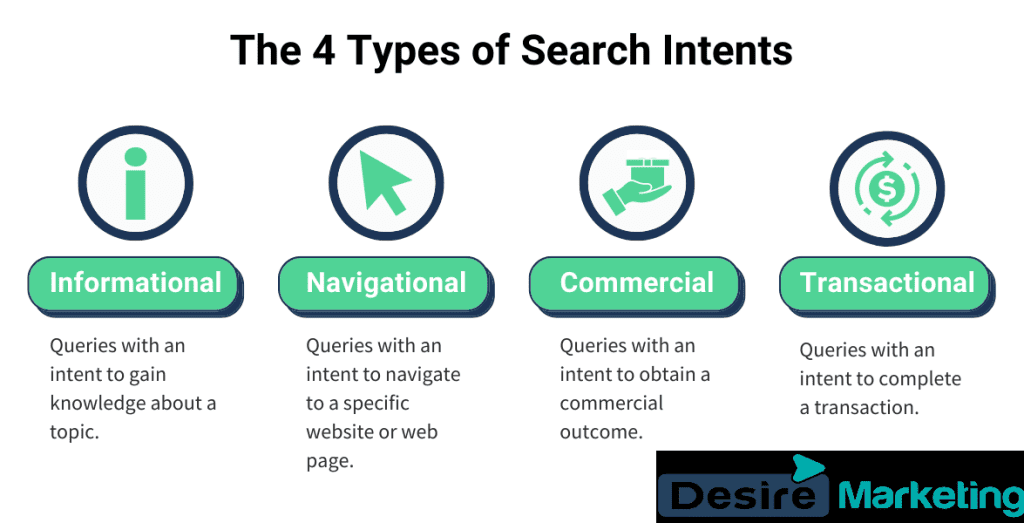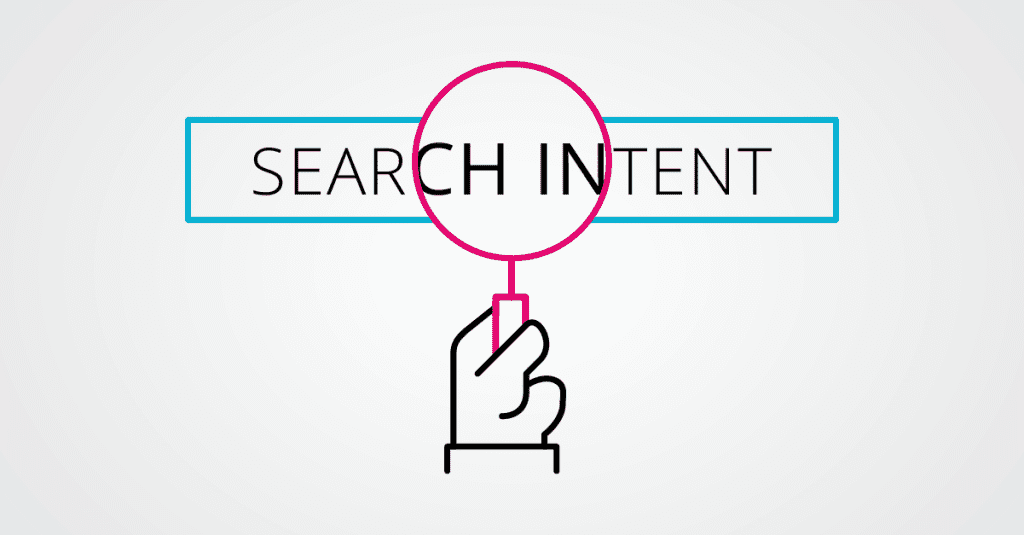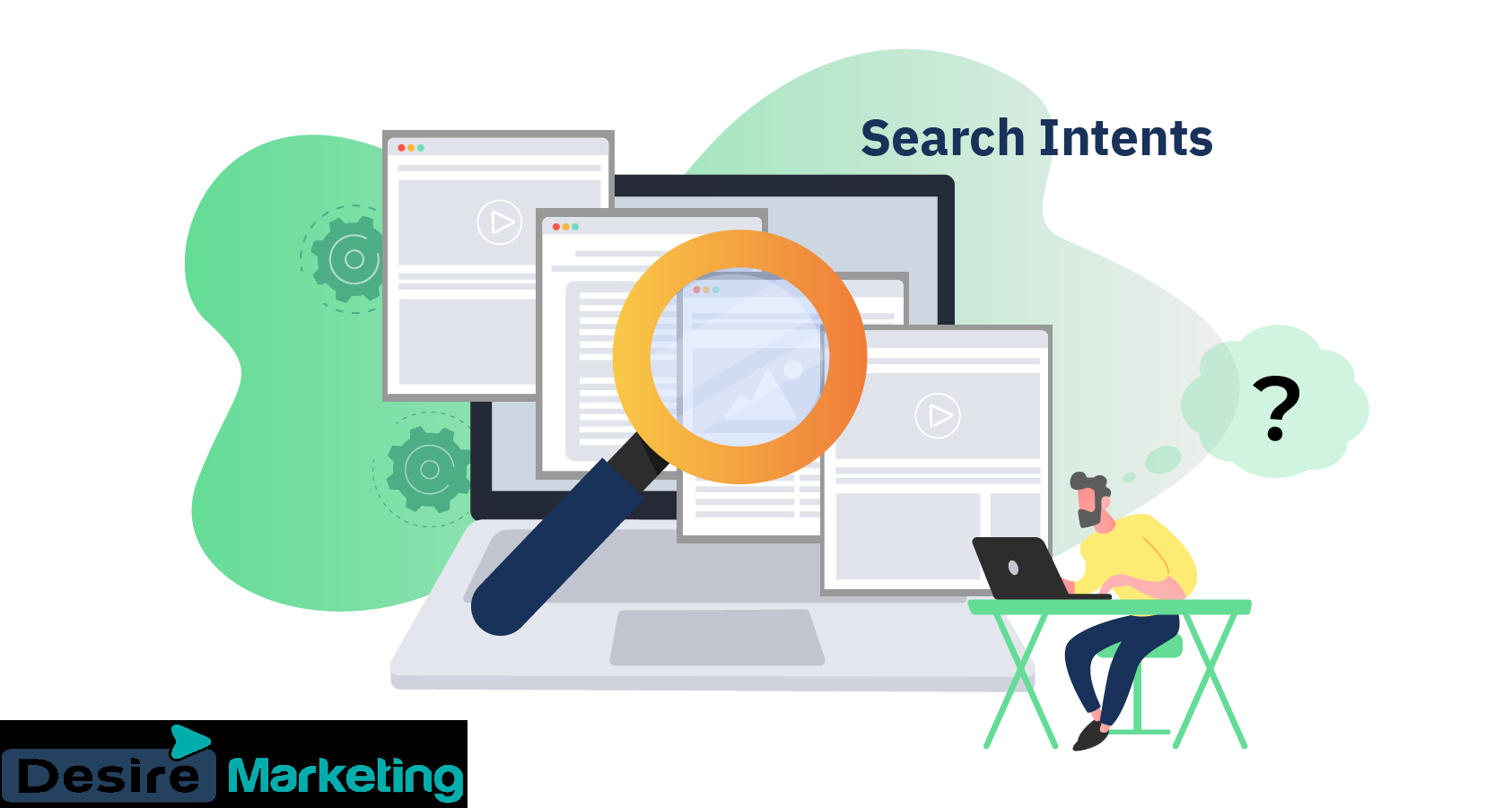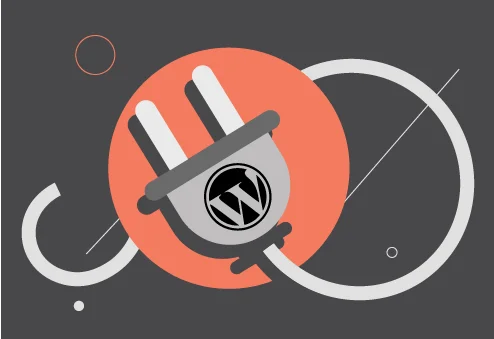Search Intent in SEO refers to the purpose behind a user’s search query. It is the reason why a user types a specific keyword in the search engine. Understanding search intent is crucial for SEO professionals as it helps them optimize content to match the user’s search intent. Search engines aim to provide the most relevant results to users, and understanding search intent helps SEO professionals to meet this goal.
Search intent can be categorized into four types: informational, navigational, transactional, and commercial investigation. Informational intent refers to a user seeking information about a particular topic. Navigational intent refers to a user looking for a specific website or web page. Transactional intent refers to a user looking to make a purchase or take action. Commercial investigation intent refers to a user researching products and services before making a purchase decision.
By understanding the user’s search intent, SEO professionals can develop content that matches the user’s needs. This can improve the user experience and increase the chances of the content ranking higher in the search engine results pages. In the following article, we will discuss the importance of search intent in SEO and provide tips on how to optimize content to match user intent.
Understanding Search Intent

Search intent refers to the reason behind a user’s search query. It is the purpose or goal that the user has in mind when they perform a search. Understanding search intent is essential in SEO because it helps to create content that matches the user’s needs and provides a better user experience.
There are four main types of search intent:

- Informational Intent: The user is looking for information on a particular topic. They may be looking for answers to a question, definitions, or explanations.
- Navigational Intent: The user is looking for a specific website or webpage. They may be looking for a particular brand or company, or they may be looking for a specific product or service.
- Transactional Intent: The user is looking to purchase a product or service. They may be looking for reviews, comparisons, or deals.
- Commercial Investigation Intent: The user is researching a product or service with the intention of making a purchase in the future. They may be looking for information on features, pricing, and reviews.
By understanding the search intent, you can create content that matches the user’s needs and provides a better user experience. For example, if a user is looking for information on a particular topic, you can create a blog post or article that provides answers to their questions. If a user is looking to purchase a product, you can create a product page that provides all the information they need to make a purchase.
Understanding search intent is crucial in SEO because it helps to create content that matches the user’s needs and provides a better user experience. By creating content that matches the user’s search intent, you can improve your search engine rankings and attract more traffic to your website.
Importance of Search Intent in SEO

Search intent refers to the reason behind a user’s search query. It is the intent behind the keywords that the user types into the search engine. Understanding search intent is crucial for SEO professionals as it helps them to optimize their website content to match the user’s intent.
Search engines aim to provide the best possible results to their users, and they do this by analyzing the user’s search intent. By understanding the user’s intent, search engines can deliver the most relevant results to the user.
Optimizing for search intent means creating content that matches the user’s intent. This involves understanding the different types of search intent, such as informational, navigational, and transactional intent. By creating content that matches the user’s search intent, the website is more likely to rank higher in the search results.
Search engines are getting better at understanding search intent, and as a result, they are becoming more sophisticated in the way they rank websites. Websites that do not match the user’s search intent are likely to be penalized by the search engines.
Types of Search Intent
When it comes to Search Engine Optimization (SEO), understanding the different types of search intent is crucial. Search intent is the reason behind a user’s search query, and it can be categorized into four main types: informational intent, navigational intent, transactional intent, and commercial investigation.
Informational Intent
Informational intent is when a user is looking for information about a particular topic. They may be researching a product, service, or idea, and are seeking to learn more about it. The user may use keywords such as “how to,” “what is,” or “benefits of” to find the information they need.
Navigational Intent
Navigational intent is when a user is searching for a specific website or web page. They know exactly what they want to find and are using a search engine to quickly locate it. The user may use the website or brand name as a keyword in their search query.
Transactional Intent
Transactional intent is when a user is ready to make a purchase or take a specific action. They are looking for a website that will allow them to complete the transaction or action they want to take. The user may use keywords such as “buy,” “order,” or “sign up” to find what they need.
Commercial Investigation
Commercial investigation intent is when a user is researching a product or service with the intention of making a purchase in the future. They are in the early stages of the buying process and are looking for information about different options. The user may use keywords such as “best,” “compare,” or “reviews” to find the information they need.
Understanding the different types of search intent can help businesses create content that meets the needs of their target audience. By creating content that aligns with the user’s intent, businesses can improve their search engine rankings and drive more traffic to their website.
Identifying Search Intent
Identifying search intent is crucial for creating effective SEO content. It helps to understand what the user is looking for and what type of content is most likely to satisfy their needs. Here are a few tips for identifying search intent:
1. Analyze the search query
The search query is the most direct source of information about the user’s intent. Look for keywords and phrases that can indicate the user’s intent. For example, if the user searches for “best coffee shops near me,” it’s safe to assume that they’re looking for recommendations for coffee shops in their area.
2. Look at the search results
The search results can also provide valuable insights into the user’s intent. Look for patterns in the type of content that ranks for the search query. For example, if the top results for “best coffee shops near me” are all listicles or reviews, it’s a good indication that users are looking for recommendations.
3. Consider the user’s context
The user’s context can also provide clues about their intent. Consider factors such as their location, device, and previous search history. For example, if the user is searching on a mobile device and is currently located in a specific neighborhood, they may be looking for coffee shops nearby.
4. Use keyword research
Keyword research can also help to identify search intent. Look for related keywords and phrases that can provide context for the user’s search. For example, if the user searches for “coffee shops,” related keywords such as “latte,” “cappuccino,” and “espresso” can indicate that they’re looking for information about coffee drinks.
By analyzing the search query, search results, user context, and keyword research, it’s possible to identify the user’s intent and create content that meets their needs.
Tools for Determining Search Intent
To determine search intent, there are several tools that SEO professionals can use. These tools can help identify the type of content that users are searching for, and optimize website content accordingly.
Google Search Console
Google Search Console is a free tool that provides valuable insights into website performance and search traffic. It can be used to determine search intent by analyzing the keywords that users are using to find a website. By looking at the search queries report, SEO professionals can identify the most common queries and tailor their content to match user intent.
Keyword Research Tools
Keyword research tools such as Ahrefs, SEMrush, and Moz can help identify the type of content that users are searching for. These tools provide insights into search volume, competition, and related keywords. By analyzing this data, SEO professionals can create content that matches user intent and ranks higher in search results.
Google Trends
Google Trends is a free tool that provides insights into search trends over time. It can be used to identify seasonal trends, popular topics, and related queries. By analyzing this data, SEO professionals can create content that is timely and relevant to users.
User Surveys
User surveys can provide valuable insights into user behavior and preferences. By asking users about their search habits and preferences, SEO professionals can gain a better understanding of user intent and optimize website content accordingly.
Incorporating Search Intent in SEO Strategy
Keyword Research
Keyword research is a crucial step in incorporating search intent into SEO strategy. The goal of keyword research is to identify the keywords and phrases that potential customers use when searching for products or services. By understanding the search intent behind these keywords, businesses can create content that meets the needs of their target audience.
To conduct effective keyword research, businesses should use tools such as Google Keyword Planner, SEMrush, and Ahrefs. These tools provide insights into search volume, competition, and user intent. By analyzing this data, businesses can identify the keywords and phrases that are most relevant to their target audience.
Content Creation
Once businesses have identified the keywords and phrases that their target audience is searching for, they can create content that meets their needs. This content should be tailored to the search intent behind the keywords, providing valuable information that addresses the user’s query.
When creating content, businesses should keep in mind the different types of search intent. For example, informational search intent requires content that educates and informs the user, while transactional search intent requires content that promotes a product or service.
Website Design
Website design also plays a role in incorporating search intent into SEO strategy. Businesses should ensure that their website is easy to navigate and provides a positive user experience. This includes optimizing website speed, ensuring that the website is mobile-friendly, and providing clear calls to action.
In addition, businesses should structure their website content in a way that aligns with the different types of search intent. For example, informational content should be easily accessible from the homepage, while transactional content should be prominently featured on product or service pages.
Measuring the Success of SEO Strategy Based on Search Intent
In order to measure the success of an SEO strategy based on search intent, it is important to understand the different types of search intent and how they relate to specific keywords. Once this is understood, there are several metrics that can be used to measure the success of a strategy.
One important metric is organic traffic. By tracking the amount of organic traffic coming to a website, it can be determined if the SEO strategy is driving more traffic to the site. However, it is important to keep in mind that not all traffic is equal. It is important to look at the bounce rate and time on site to determine if the traffic is engaged and finding what they are looking for.
Another important metric is keyword rankings. By tracking the rankings of specific keywords, it can be determined if the SEO strategy is effective in targeting the right keywords for the intended search intent. However, it is important to keep in mind that rankings alone do not necessarily equate to success. It is important to look at the amount of traffic those rankings are driving and the engagement of that traffic.
Conversion rates are also an important metric to consider. By tracking the conversion rates of specific pages or keywords, it can be determined if the SEO strategy is driving valuable traffic to the site. This can be measured through the use of goal tracking in Google Analytics or other analytics tools.
Conclusion
Search intent is a crucial factor in SEO. Understanding what users are searching for and why they are searching for it is essential to creating content that meets their needs and ranks well in search results.
By analyzing search queries and user behavior, businesses can gain valuable insights into what their target audience is looking for and how to best meet those needs. This can lead to increased traffic, higher engagement, and ultimately, more conversions.
To optimize for search intent, it’s important to consider the four main types of search intent: informational, navigational, transactional, and commercial investigation. By tailoring content to match the intent behind a user’s search, businesses can improve their chances of ranking well and driving relevant traffic to their site.
Additionally, optimizing for search intent can help businesses stay ahead of the competition by providing a better user experience and delivering content that truly meets the needs of their target audience.
Overall, search intent is a critical aspect of SEO that should not be overlooked. By understanding and optimizing for search intent, businesses can improve their online visibility, drive relevant traffic, and ultimately, achieve their marketing goals.





